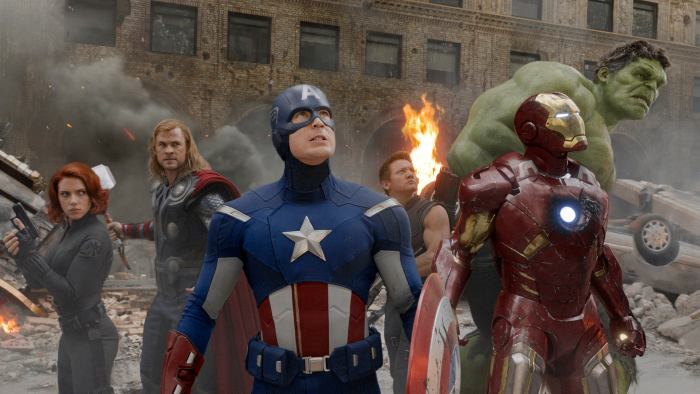It is obvious, even to non-movie goers, that the film industry is dripping with cash. Hollywood has become synonymous with fame and fortune, a virtual mecca for those aspiring to become the next Steven Spielberg or score a role in “Fast and Furious 12.” And within the hallowed halls of film studios, there is nothing that gets money trading hands faster than the promise of another star-studded, audience-attracting blockbuster.
To clarify, a blockbuster movie is one designed to appeal to the largest common denominator. In other words, it’s that movie that all your friends are talking about seeing. Blockbusters are often heavily marketed which contributes to the wide audiences they are able to attract. They also generally have larger budgets and are thus able to employ big-name casts and state of the art special effects. These larger budgets are granted because the films are expected to make significantly more than the cost of the movie from ticket purchases and many do go on to make two or three times the cost of their budget which translates into huge profits for studios.
In 2011, there were 15 films that broke the $150 million mark in domestic sales alone. Over the past four years, the number of films that has exceeded that mark has risen to 20, with the number of blockbusters expected to increase even higher by the end of this year.
With the number of successful blockbusters increasing annually, it seems worthwhile to examine some of the potential reasons for this dramatic increase. Perhaps the rise comes from people’s desire to see “big” movies on big screens and save “smaller — though no less important —movies for home viewing. This makes sense because typical blockbuster action, explosions and special effects are inarguably best appreciated in a larger format. As a result, ticket sales for these movies skyrocket while other smaller films, which are usually the ones that go on to clean up at the Oscars anyways, are being sadly neglected.
And of course the driving force behind all this success, as I’m sure you’ve already guessed, is money. Blockbusters take huge earnings at the domestic and worldwide box offices. This summer’s much anticipated “Jurassic World” made over $600 million in the U.S. box office alone, beating out 2012’s money-making juggernaut “The Avengers” for total earnings. The success of other recent films like “Furious Seven” and “Mad Max: Fury Road” demonstrate that there is also huge money to be found in sequels and reboots.
As audiences continue to throw their money at blockbusters, it is likely that we will see the number of such films continue to rise exponentially over the next few years. Meanwhile, smaller films will continue to struggle to earn a profit in theaters as they become increasingly overshadowed by blockbusters which incessantly feed from the same worn out narrative tropes. Unfortunately, the rampant success of blockbusters will remove the spotlight from smaller films, especially those by indie directors, which could stifle attempts of introducing another artistic and narrative renaissance within Hollywood.
With all this being said, am I denying that blockbusters have artistic merit and are worth watching in their own right? Absolutely not. I too, like most theater-goers, love throwing my dollars at movies simply for their entertainment value. However, I also can’t be alone in lamenting the general lack of care, craft and vision that I see in many recent, larger-budgeted films. It now seems immensely crucial to take a step back from sequels and blockbusters for a bit and ask what ingredients are essential to an impactful and important film. This question should be the backbone of any movie, rather than the blockbuster mayhem of special effects and action sequences blasted over a chorus of munching popcorn. Here’s hoping that we can return to making, and subsequently enjoying, the types of movies reminiscent of Hollywood’s golden age.





















